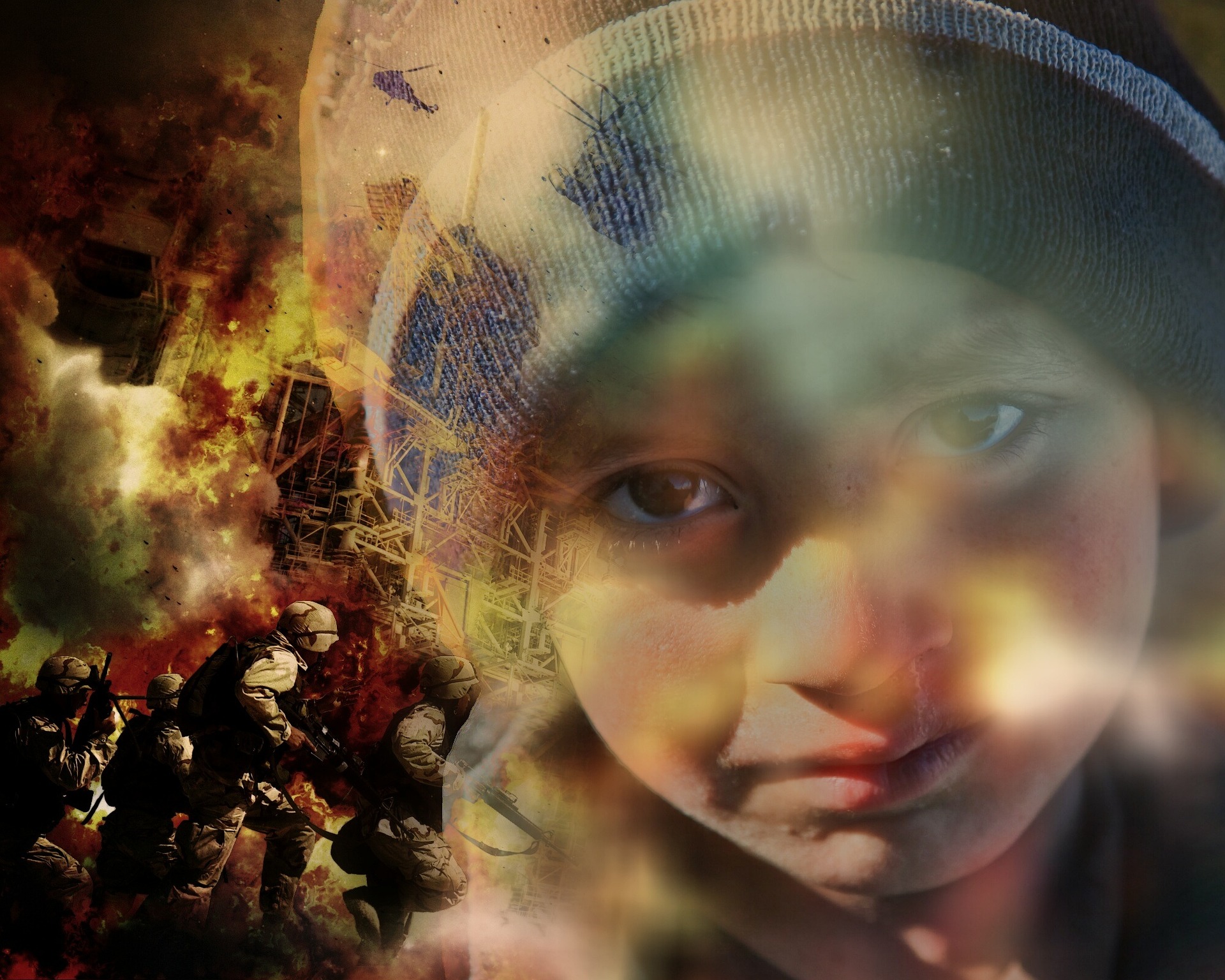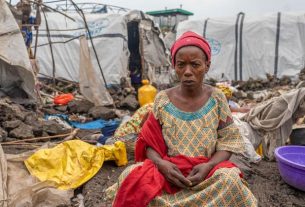As the brutal conflict in Sudan continues to escalate, millions of people are fleeing the violence and seeking refuge in neighboring countries, with Chad becoming one of the primary destinations for displaced Sudanese. The war between Sudan’s army (SAF) and the paramilitary Rapid Support Forces (RSF), which erupted in April 2023, has displaced millions of Sudanese citizens, creating one of the world’s most severe displacement crises.
The Conflict in Sudan: A Snapshot of Destruction
The fighting between the SAF and RSF has led to widespread devastation across Sudan. The two factions, both vying for control of the country, have committed atrocities, including the razing of villages, sexual violence, abductions, and the forced recruitment of children. Fields have been destroyed, livestock plundered, and countless lives lost. The violence has affected Sudanese civilians across the country, with over 11 million people displaced—most of them within Sudan’s borders. However, many have fled to neighboring countries such as Chad in search of safety and survival.
The Refugee Crisis in Chad
Chad, one of the poorest countries in the world, shares a long border with Sudan and has become a primary destination for refugees fleeing the conflict. Despite its own challenges, including the devastating impacts of climate change, Chad has taken in over 1.1 million refugees. This comes at a time when the country is already grappling with extreme poverty, with one in three Chadians living on less than $2.15 per day. Moreover, Chad’s struggles with droughts, floods, and a lack of infrastructure make it even more difficult to absorb large numbers of refugees.
Adré, a small town near the Sudanese border, has become a key entry point for Sudanese refugees. The town, once a trade hub, is now home to a refugee camp that has swollen to 230,000 people, despite the town’s original population being just 40,000. The camp is a temporary stop for those fleeing the violence. Refugees like Mariam, a young woman from Sudan, arrive in Chad physically and emotionally battered. She fled her home with little more than a small cart carrying her belongings, and her traumatic experiences leave her reluctant to speak about the horrors she witnessed back home. Mariam, like many others, longs for safety and a chance to rebuild her life, even though she doesn’t know when or if she can ever return to Sudan.
The Challenges of Refugee Management
Chad, despite being a host to large numbers of refugees, faces immense challenges in managing the crisis. The government, led by Mahamat Idriss Déby Itno, the son of the late president Idriss Déby Itno, is under significant pressure. The country has long struggled with political instability, and the transition of power following the death of the elder Déby in 2021 has added to the challenges faced by both the government and the population. The current regime, although militarily strong, is controversial, and opposition members, along with journalists, are regularly persecuted.
The influx of refugees is placing significant strain on the country’s already stretched resources. The small border town of Adré is just one example of how the refugee population is overwhelming local infrastructure. Makeshift camps with plastic tarps are now home to tens of thousands of displaced people, and the region is struggling to provide basic services such as food, clean water, and healthcare.
International Aid and Support
Recognizing the enormity of the crisis, international organizations, including the United Nations Refugee Agency (UNHCR) and the World Food Program (WFP), are providing critical support to refugees in Chad. However, the international response has been slow, and less than 30% of the required aid has been pledged. Germany’s Development Minister Svenja Schulze visited Chad’s border region to highlight the urgent need for increased international solidarity. Germany has pledged €57 million in additional aid, aimed at improving infrastructure such as electricity and water systems. However, this assistance is still insufficient to meet the immediate needs of the refugees.
Svenja Schulze, during her visit, emphasized that no single country, particularly one as poor as Chad, could manage such a large refugee crisis alone. She called for a stronger international response, noting that this situation is one of the fastest-growing displacement crises in the world today. Countries, she argued, must come together to provide the necessary resources and political support to help Chad cope with the influx of refugees.
Chad’s Political and Military Interests
Chad’s role in the refugee crisis is complicated by its political and military interests. The country’s strategic alliances, particularly with France and the United Arab Emirates (UAE), complicate the situation. While Chad has opened its border to refugees fleeing Sudan, it has also been accused of turning a blind eye to the flow of weapons into Sudan. There are reports that the UAE has used Chad as a conduit to supply arms to Sudan’s warring factions, exacerbating the violence. Ulf Laessing, head of the Sahel regional program at the Konrad Adenauer Foundation, has called for an arms embargo to prevent further bloodshed, but the Chadian government denies any knowledge of such arms transfers.
Efforts to Support Refugees and Local Communities
In response to the overwhelming refugee numbers, humanitarian organizations are trying to create long-term solutions. In eastern Chad, UNHCR has set up 21 refugee camps, each designed to house 50,000 people. However, these camps require significant investment in infrastructure, as most areas lack basic utilities such as clean water, electricity, and healthcare services. Pierre Camera, a representative from UNHCR, notes that these camps must be built from the ground up, making it a costly and time-consuming process.
The approach to aid also includes efforts to help refugees become self-sufficient. UN agencies are providing refugees with plots of land on which they can cultivate crops, enabling them to support themselves and create some stability in their new lives. However, the scarce resources and harsh environment of Chad pose significant challenges to this model of support. Tensions between refugees and local communities over access to resources are also a concern.
A Hope for the Future
Despite the overwhelming challenges, refugees like Mariam continue to hold on to hope. Mariam has reunited with her children in a temporary camp, but the uncertainty of her future remains. While she dreams of returning to her homeland, the brutal reality of the ongoing conflict in Sudan leaves her uncertain about when or if that will ever be possible.
The situation in Chad highlights the interconnected nature of the humanitarian crises in the Sahel region. The war in Sudan has not only displaced millions within Sudan but has also had significant ripple effects across the region. For Chad, the immediate priority is managing the humanitarian needs of the refugees, but the broader political, military, and economic complexities will require sustained international support if the country is to navigate this crisis.
In conclusion, the refugee crisis in Chad is one of the most severe and urgent global humanitarian issues of our time. The country’s ability to manage this crisis, despite its own challenges, depends on the solidarity of the international community. As the conflict in Sudan rages on, the fate of millions of refugees like Mariam hangs in the balance, and the world’s attention is needed more than ever.



